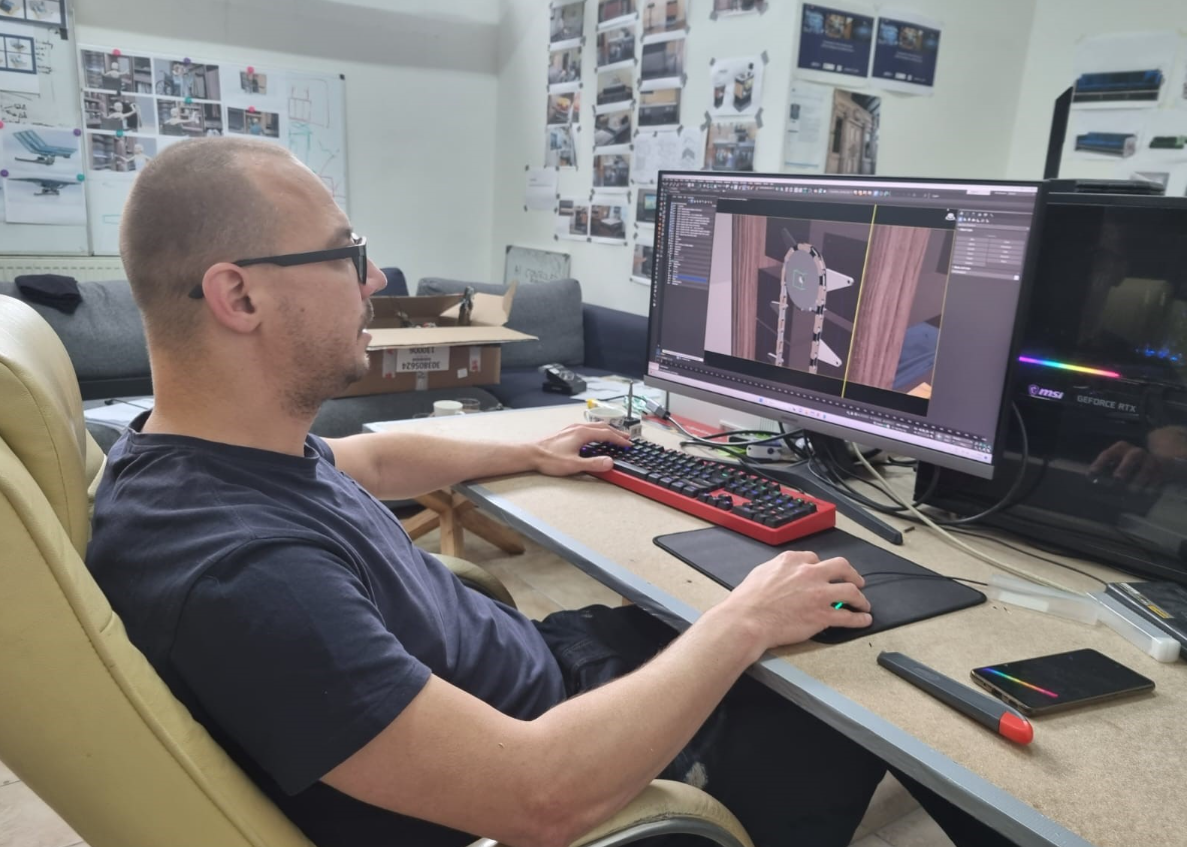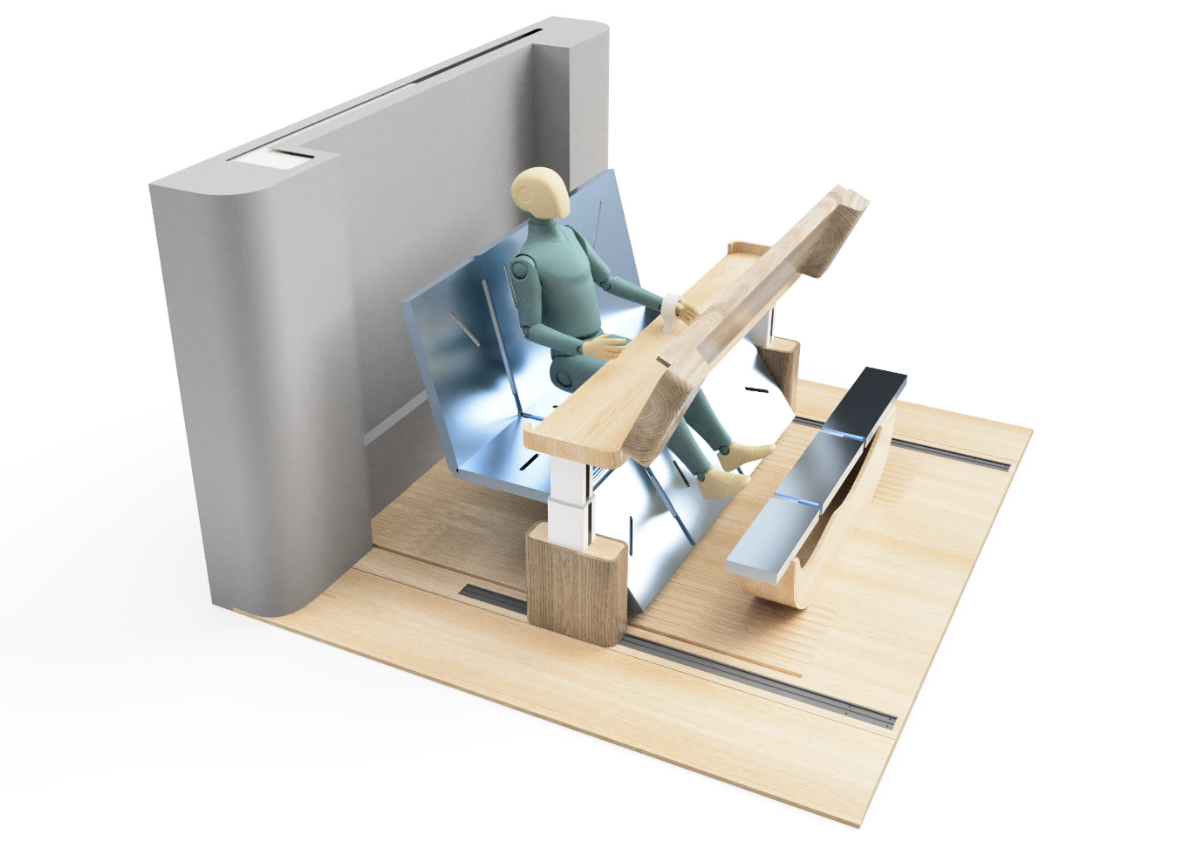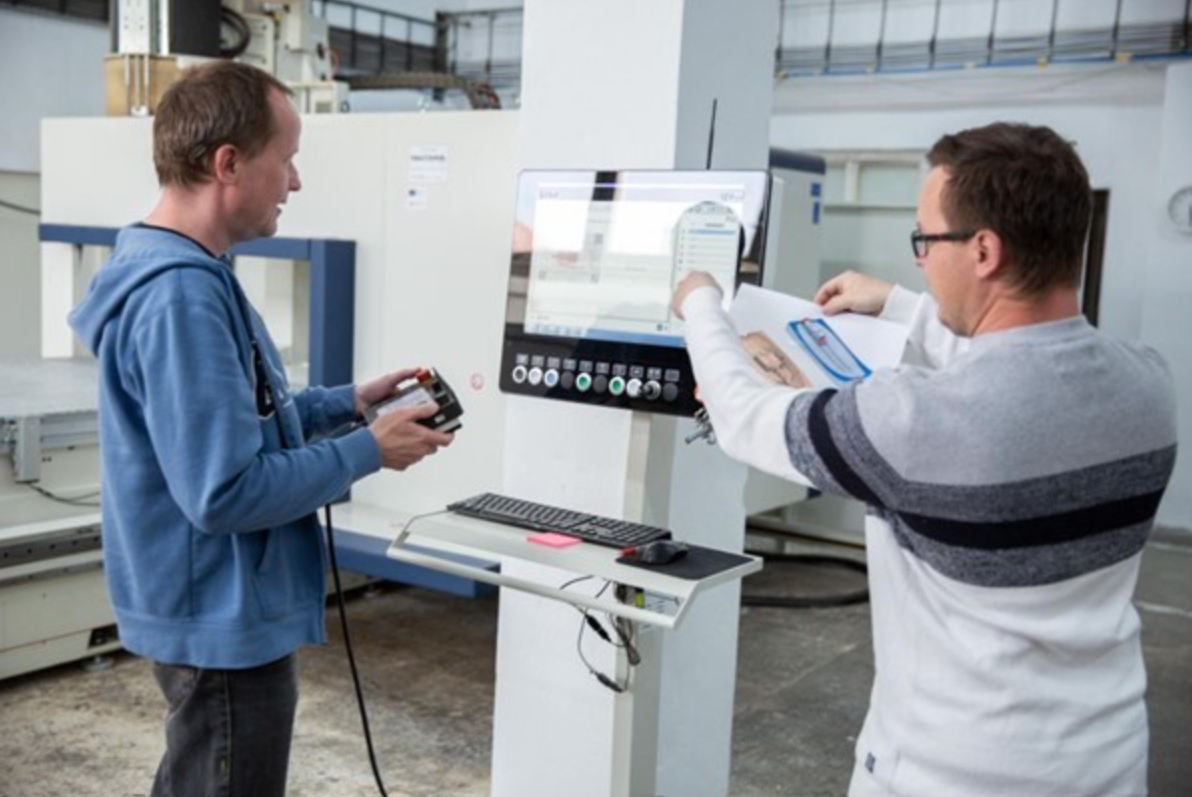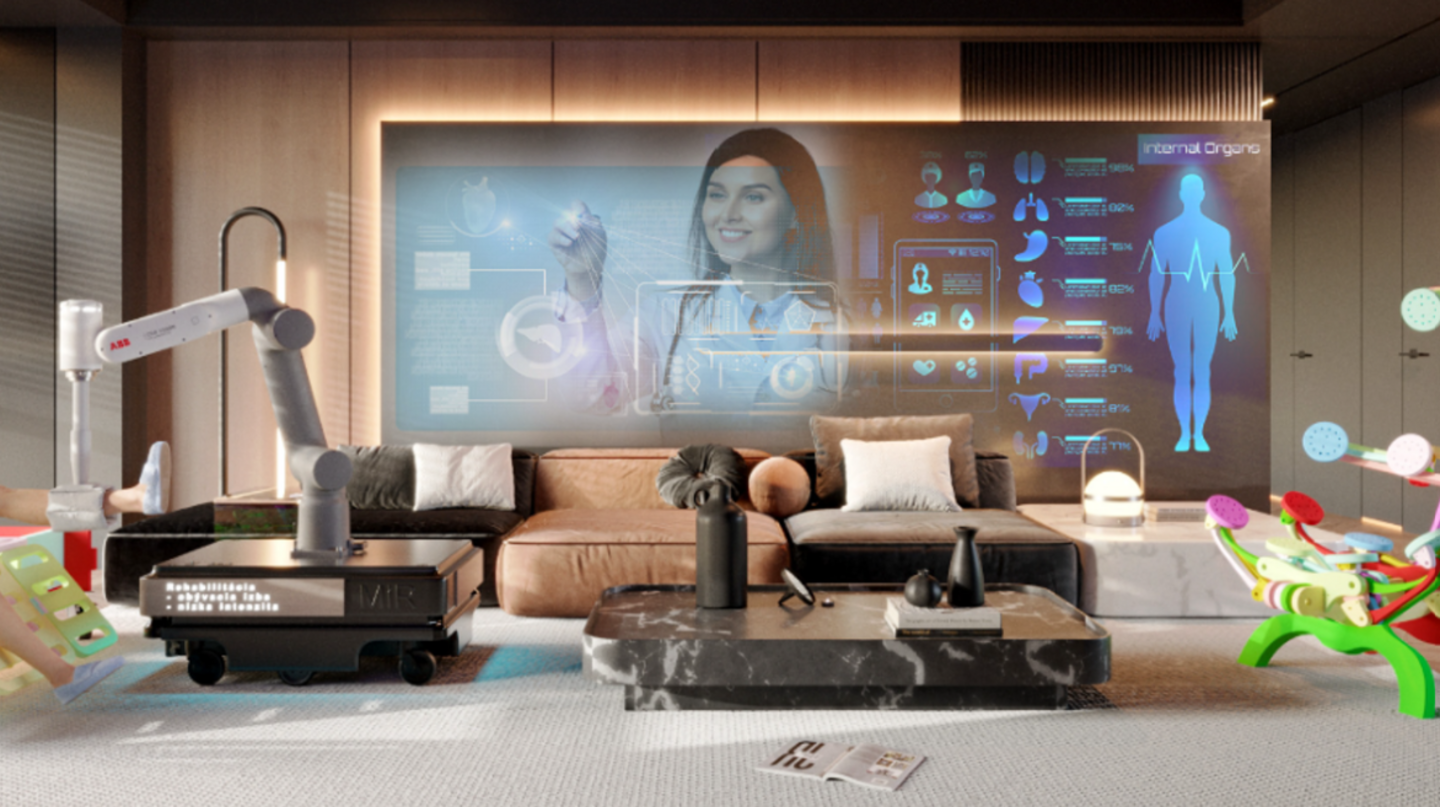The project ‘Development of Smart Furniture with Artificial Intelligence and Medical Devices’ implemented by NOVOTA ART, in cooperation with the VIA LUX facility – Home for social services and facilities for the elderly in Slovakia and JaHO Mur of Fasade AS from Norway. The project aims to develop smart furniture with artificial intelligence and medical devices for seniors and disable people. Adam Novota is the mind behind this initiative, and we talked to him about the project. Here’s what he told us.
What is the main goal of the project?
When we look at the current situation of aging in Europe, the primary goal is clear. We need to work on finding new ways to care for our elderly or people with declining health in general. Everyday tasks are becoming an issue when you have lowered mobility, becoming forgetful and many other things connected to aging. The current model of personal assistance is simply not sustainable not only economically, but mainly, personally. Who will take care of the elderly, when most people will be elderly? The answer for us is clear - technology. Robotic and mechatronic solutions, artificial intelligence, and automation, all these are standard in modern industry as a way to cut costs, and personnel needed and make processes more efficient. It is time for us to make this scenario a reality in our homes too.
How did the idea of the project originate and what are its long-term goals?
As it usually is with successful ideas, it originated from life itself. As I was growing up in the family business, as I got older, many of the competencies that were on the shoulders of my parents have shifted to me, as they needed to start solving their own problems connected to aging, like health issues.

There were two main things I was observing when trying to make their life easier that seemed frustrating.
First, the superficiality of the technological products aiming at assisting at home. Technological help at home goes beyond smart lights that can be activated through voice commands and automatic robotic cleaners. When I occasionally found products that fitted my expectations of assistive devices, they were, almost without exception, defined by functional design, that most people accept in a hospital room, but no one wants in their home. Would you buy a bed that is highly practical, but looks like a piece of hospital furniture? I would not.
The second highly frustrating thing was visiting doctors. So many visits seemed simply unnecessary in the 21. century. I could not stand the idea of people who are less lucky than we were and for example, do not have a car, or even if they do, they live far away from their doctor. People that go to a doctor for simple procedures such as having their blood pressure measured or simply talking to a doctor. This is where I realized that if we want to sustain the way we care about people, telemedicine is the only possibility to do that.
These two sets of experiences defined the ideas behind the project: firstly, to make smart furniture, that will not only make your life easier and reduce the need of assistance from other people, but it is also designed in such a way that you would actually buy it for your home for aesthetic reasons; and secondly, to implement medical devices, so not only telemedicine can become a reality that will reduce your need to visit your doctor physically, but that can actually make quality of care better - by collecting measurement data, automatically evaluating trends in your health progress or alarming you when there are indicators of health problems incoming.

What specific challenges do you aim to address with this project?
Some specific challenges are complexity and modularity. One of the main ideas behind the project is not just creating single prototypes, but such prototypes that are interconnected, by design, by functionality, by ways you interact with them. Creating prototypes of smart furniture with implemented medical devices is just a partial goal.
For us, the ultimate goal is creating a home, and this is a much more complex task. On the other hand, the needs and possibilities we have are different, depending on, for example, the health issues people are dealing with, or simply spatial limitations defined. The home we aim to create has to be complex and modular. This means that everyone can choose what fits them but can still get a complex experience. For example, you can order a hospital bed with positioning to help you sit or stand up and mobile app controls anywhere in the world. I am sure you would also find some workstation that can be positioned so you can work on your computer while you are in the bed because of reduced mobility. The challenge here is what also differentiates us from these products. Our prototypes aim to be interconnected, compatible and fitting together. This is how to divide a single piece of furniture from a home environment.
Could you share any success stories or notable outcomes from the project?
The main success is turning our prototypes into reality after all the thinking, inventing, planning, digital simulating and all the work and team effort that went into the project. One other aspect that outstands is the attention the project got from other companies that aim at assistive devices. We created an incredible network of people who are on board with our ideas and visions of assistive technologies for the future and it is becoming clear in this phase that what was originally an ambitious goal for the project is becoming a starting point for something bigger. To put it in simple terms, the momentum the project gained won't be stopped anytime soon, and we cannot imagine bigger success than that.
What lessons have you learned that could be useful for similar initiatives in the future?
This will sound almost like a cliché, but if we were to speak in general terms, it is sustainability. Many teams involved in projects get very caught up in the goal of simply finishing the project. And it is understandable – most people cannot imagine the collective effort needed to overcome all the challenges that appear on the road, unexpected situations, simply, the energy that goes into a project of this scale. It is easy to get caught in this idea of “finishing”. But we were lucky enough to realize that when this happens, it is time to take a deep breath and think big - not in the terms of the next year or five, but on the scale of next decade or two. Because ultimately, this should be the important output. Creating values that last and can live on their own long after the project finishes.

The project was carried out in cooperation with Jaho Mur Og Fasade A.S., a Norwegian entity. What was the added value of the bilateral cooperation?
This is not an easy question to summarize in few sentences. There is the part of the cooperation defined by project tasks itself, and these are the things you would be able to see in project outcomes. While this is crucial to success of the project, there is also part that stays invisible for by-standers, and maybe that is the one worth elaborating on more. Norway and Slovakia, while not so far apart, are very different countries, and without having Jaho Mur as a partner, many “insider insights” would be hard to obtain. Often it is something very simple, that can have huge impact on decisions being made. There are obvious differences, like market size, things you can see from statistical data. But many things are more subtle - how people live, who is helping them, how often they visit their families, how is care provided? When creating a prototype that is really user oriented, these are all things to think about. Jahomur has plenty of experience in construction work specialising on the disabled or the elderly. Their insights were invaluable, especially when it comes to aspects of ways of living in Norway that are simply hidden for outsiders. This is the knowledge, the know-how that can’t be seen on paper or any report, but holds incredible value for us.
But this is the challenge - living at your home seems obvious to everyone. If an alien were to ask you, “How do you live at your home?”, you would answer something in the range of “normally”. You wake up, stand up from your bed, go to the toilet, brush your teeth, all these small, simple things, microtasks. Creating an assistive home environment is much more than introducing medical devices into furniture - it is to constantly question and analyse the ways these microtasks are fulfilled and finding ways to make them easier for those who find the “normal” way of doing them challenging due to their age or health issues.
_______________________________________________________________________________________________
Iceland, Liechtenstein and Norway support innovation projects in the areas of green industry innovation, welfare technology and ambient assisted living, in order to increase competitiveness and profitability among Slovakian enterprises and bring more innovation in products, technologies services and processes. Do you want to know more about the Business development, innovation and SMEs programme in Slovakia? Find out more here.

